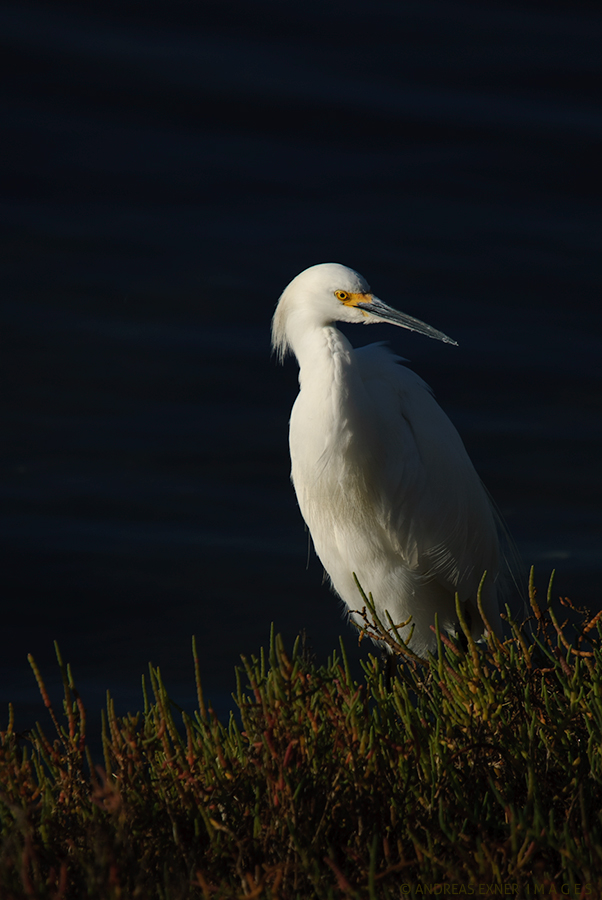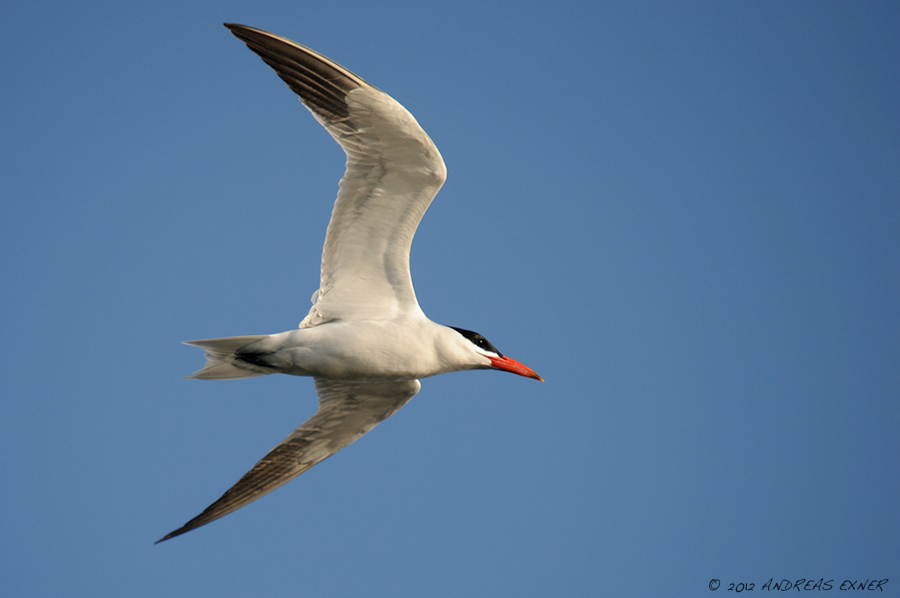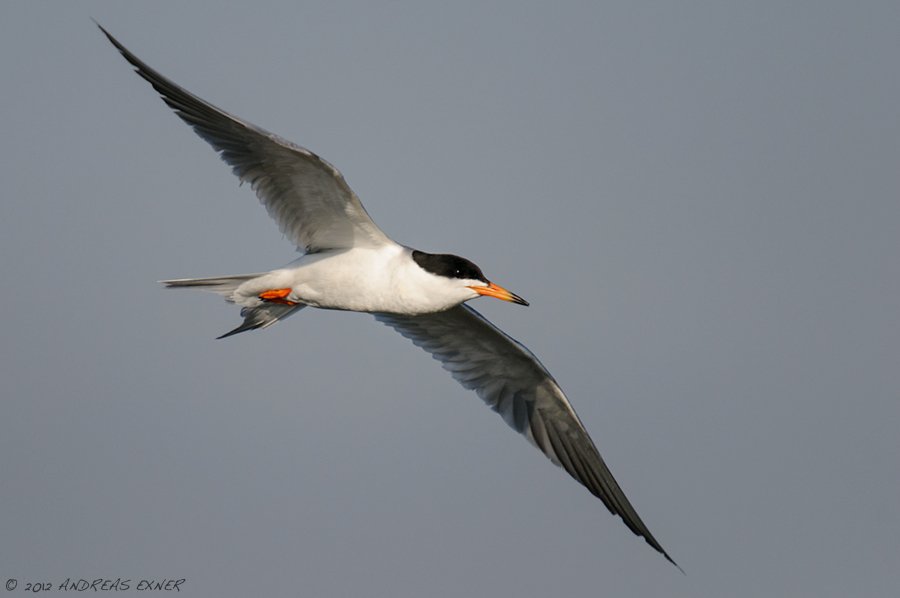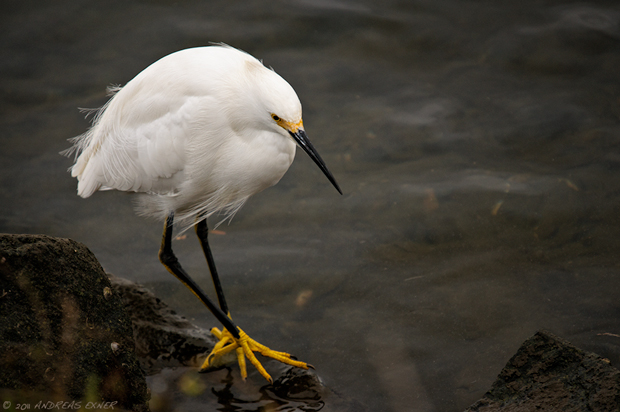Ok, I'm having the blues. No new snow today but a uniform gray sky didn't boost my creativity either. I haven't touched the camera for almost a week now. Instead I'm digging in my archive for pictures that were made in great light and where the sun played at least a role.
I came across this image of a Snowy Egret. It was made in 2010 at my very first visit at the Bolsa Chica Wetlands in Southern California. The egret enjoyed the last light beams, just minutes before the sun dived into the Pacific Ocean. I think it is important to look back sometimes and analyze why some images worked out great while others didn't work at all. I do not delete all misses. They help me quite often later to remember how a particular shooting situation was approached and maybe prevent me from making the same mistakes again. Having a few better ones in reserve isn't so bad either, especially if you can use them after a week with no shooting at all... :-) Have a great weekend!














